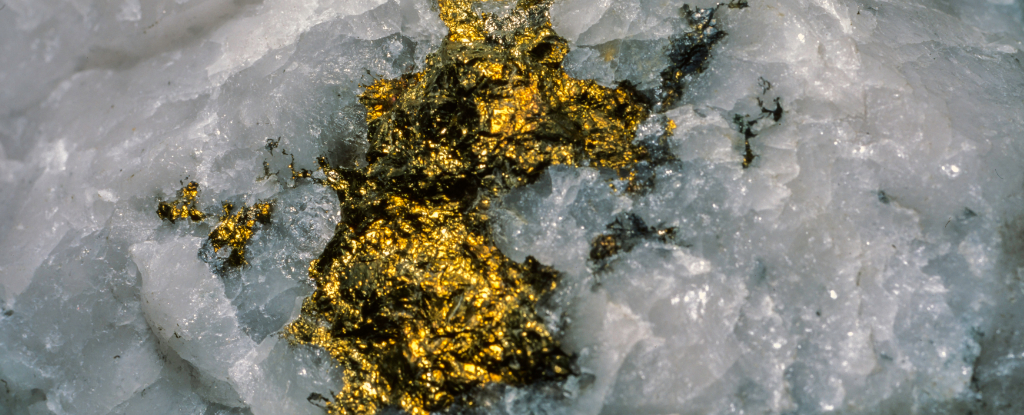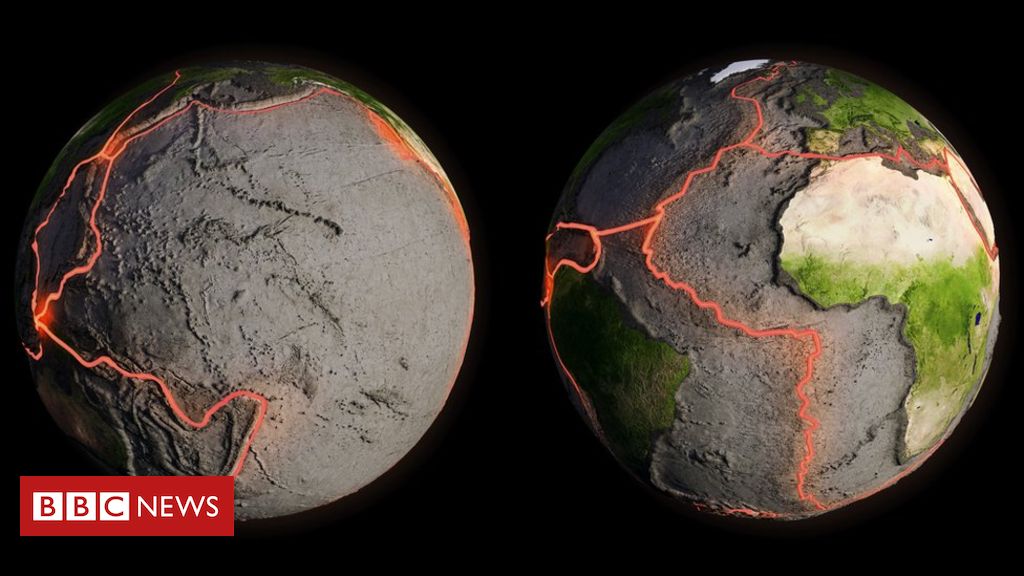
The ongoing swarm of earthquakes near Santorini continues to baffle scientists.

Earthquake scientists detected an unusual signal on monitoring stations used to detect seismic activity during September 2023. The signal was unlike any previously recorded.

New findings by scientists in Australia could challenge what we thought we knew about the way gold nuggets bloom in vast reefs beneath our feet.

Turkey lies at the intersection of three of the tectonic plates that make up the Earth's crust: the Anatolian, Arabian, and African plates. Arabia is moving northwards into Europe, causing the Anatolian plate to be pushed out westwards.

There may have been as many as 100 sinkholes in and around the two communities. Some of the holes appeared in remote areas, while many others appeared within yards from people's homes or beneath homes.

Although, scientists say there's little evidence that Yellowstone supervolcano is set to blow. The Yellowstone Volcano Observatory have maintained the danger level as green or normal.

Mauna Kea is classified as a dormant shield volcano. An U.S. team has found evidence that it has experienced over 1 million deep, long-period earthquakes over the past 19 years.

Researchers have discovered an interesting similarity in two of the largest recent earthquakes in Japan and Chile: a strange large-scale ground movement back and forth in the months leading up to the quake.

In 2018, a large number of seismic alerts had been detected everywhere. They created a weird buzzing sound. Now the mysterious hum is identified as rumblings of a magma-filled reservoir deep under the Indian ocean where the new volcano is forming.

Scientists from Harvard and Google have devised a method to predict where earthquake aftershocks may occur, using a trained neural network.

Fears are mounting that the catastrophic “Big One” earthquake could rip through California, after 70 quakes rocked the deadly Ring of Fire in just 48 hours.

Researchers in Iceland have successfully used an existing fibre-optic communications cable to assess seismic activity.

The current earthquake swarm around the Yellowstone supervolcano is now the longest ever recorded. The swarm started June 12, and over the past three or so months, around 2,500 earthquakes have been recorded so far.

Two powerful quakes, 12 days apart, have killed hundreds of people in Mexico this month. We look at how, where and why the big ones happen.

Unusually high temperatures, greater than 100°C, have been found close to Earth’s surface in New Zealand – a phenomenon typically only seen in volcanic areas.